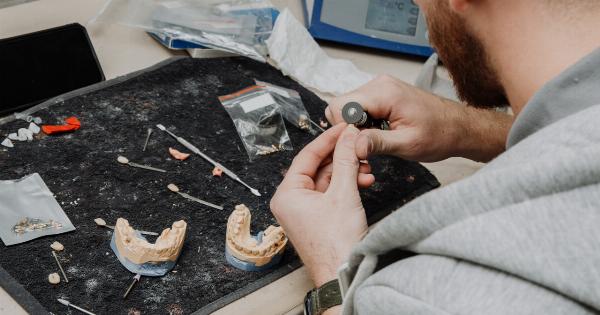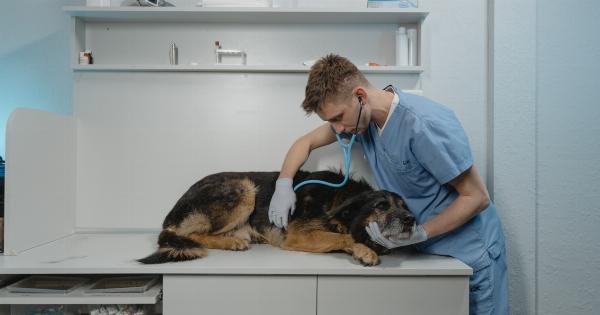Rectal polyps and tumors are abnormal growths that occur in the rectum, which is the last part of the large intestine. Rectal polyps are usually benign, while tumors can be either benign or malignant.
Rectal polyps and tumors can be detected during a routine screening test, such as a colonoscopy. When detected early, they can be removed through minimally invasive endoscopic microsurgical treatment.
What is Minimally Invasive Endoscopic Microsurgical Treatment?
Minimally invasive endoscopic microsurgical treatment is a technique that uses a thin, flexible tube with a camera and specialized instruments to remove polyps or tumors in the rectum.
This technique is less invasive than traditional surgery because it only requires small incisions, which means less pain, bleeding, and scarring. The procedure is performed under general anesthesia, and patients can usually go home the same day or the next day.
Types of Rectal Polyps and Tumors
There are two types of rectal polyps:.
- Adenomatous: These are the most common type of polyps and can become cancerous over time.
- Hyperplastic: These are usually benign and don’t turn into cancer.
Rectal tumors can be either benign or malignant. Benign tumors don’t spread to other parts of the body, while malignant tumors can invade nearby tissues and spread to other parts of the body, causing cancer.
Symptoms of Rectal Polyps and Tumors
Rectal polyps and tumors may not cause symptoms in the early stages. However, if they grow large enough, they can cause the following symptoms:.
- Bleeding from the rectum
- Dark or black stools
- Abdominal pain or cramping
- Change in bowel habits
- Feeling of incomplete bowel movement
Diagnosis of Rectal Polyps and Tumors
The diagnosis of rectal polyps and tumors is usually made during a colonoscopy, which is a test that allows the doctor to examine the entire colon and rectum using a thin, flexible tube with a camera at the end.
During the colonoscopy, the doctor can remove any polyps or tumors that are found and send them to a lab for testing.
Minimally Invasive Endoscopic Microsurgical Treatment Procedure
The minimally invasive endoscopic microsurgical treatment procedure typically begins with the doctor inserting a thin, flexible tube with a camera and specialized instruments into the rectum through the anus.
Using the camera to guide the instruments, the doctor can remove the polyp or tumor from the rectal lining. This technique allows for precise removal of the growth while minimizing damage to healthy tissue.
After the procedure, the patient may experience mild discomfort and gas, which can be relieved with medication. The doctor will also prescribe a diet that is easy on the digestive system to promote healing.
Most patients can return to their normal activities within a few days.
Benefits of Minimally Invasive Endoscopic Microsurgical Treatment
The benefits of minimally invasive endoscopic microsurgical treatment for rectal polyps and tumors include the following:.
- Less pain, bleeding, and scarring than traditional surgery
- Shorter hospital stay
- Faster recovery time
- Less risk of infection and other complications
- Precise removal of the growth while minimizing damage to healthy tissue
Prevention of Rectal Polyps and Tumors
Rectal polyps and tumors can be prevented by making lifestyle changes, such as:.
- Eating a healthy diet that is high in fruits, vegetables, and fiber
- Exercising regularly
- Avoiding tobacco and excessive alcohol consumption
- Maintaining a healthy weight
People who have a family history of colon or rectal cancer should start getting screened for polyps and tumors at an earlier age.
Conclusion
Minimally invasive endoscopic microsurgical treatment is a safe and effective technique for removing rectal polyps and tumors. This technique offers many benefits over traditional surgery, including shorter recovery time and less risk of complications.
Anyone who experiences symptoms of rectal polyps or tumors should seek medical attention and undergo a colonoscopy for diagnosis and treatment.



























